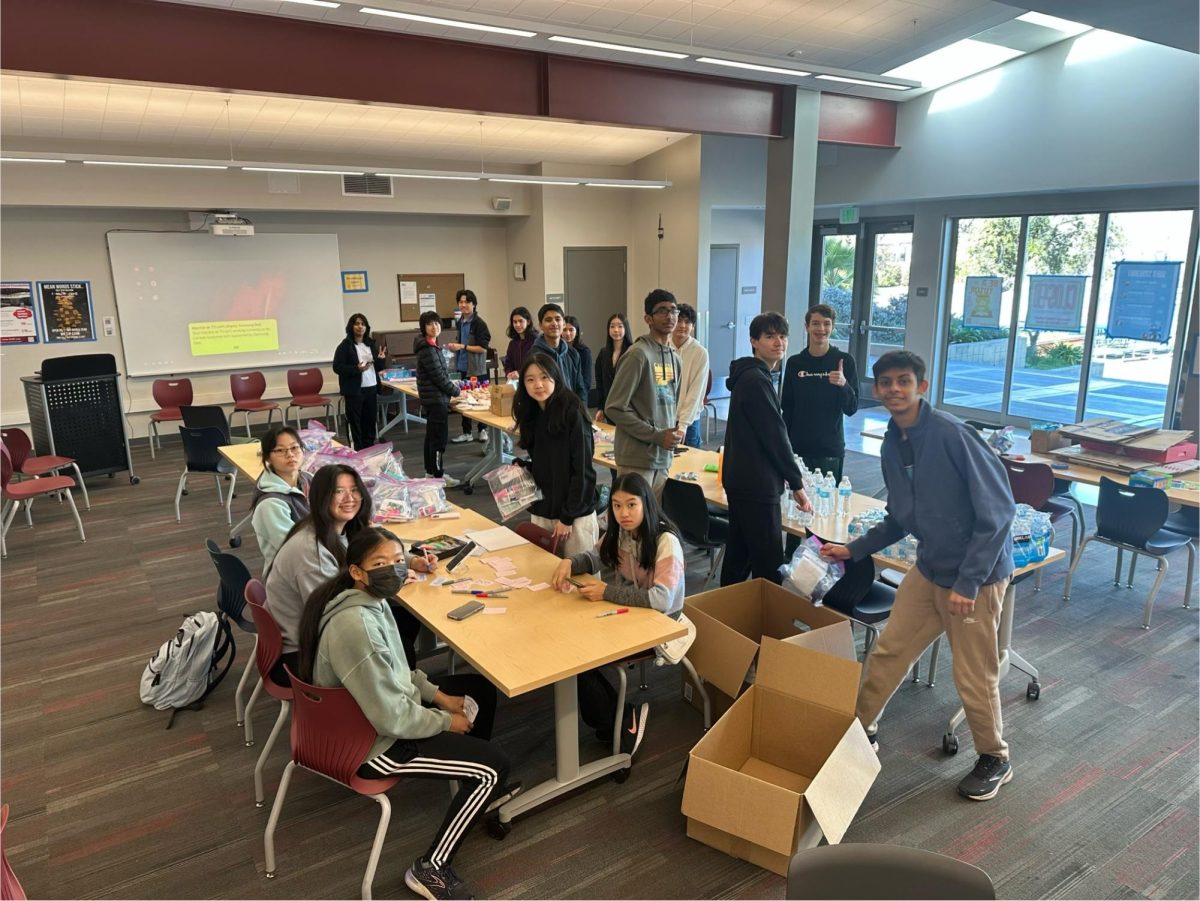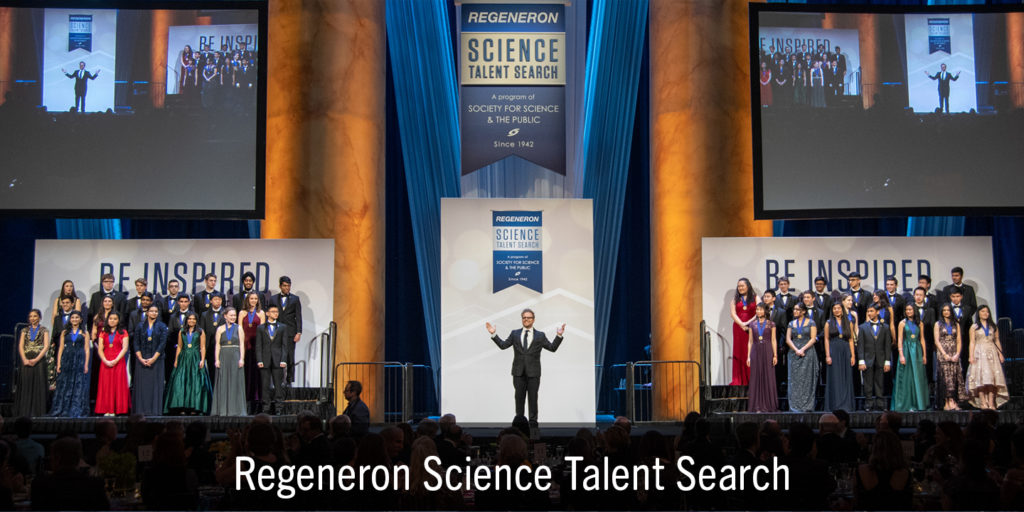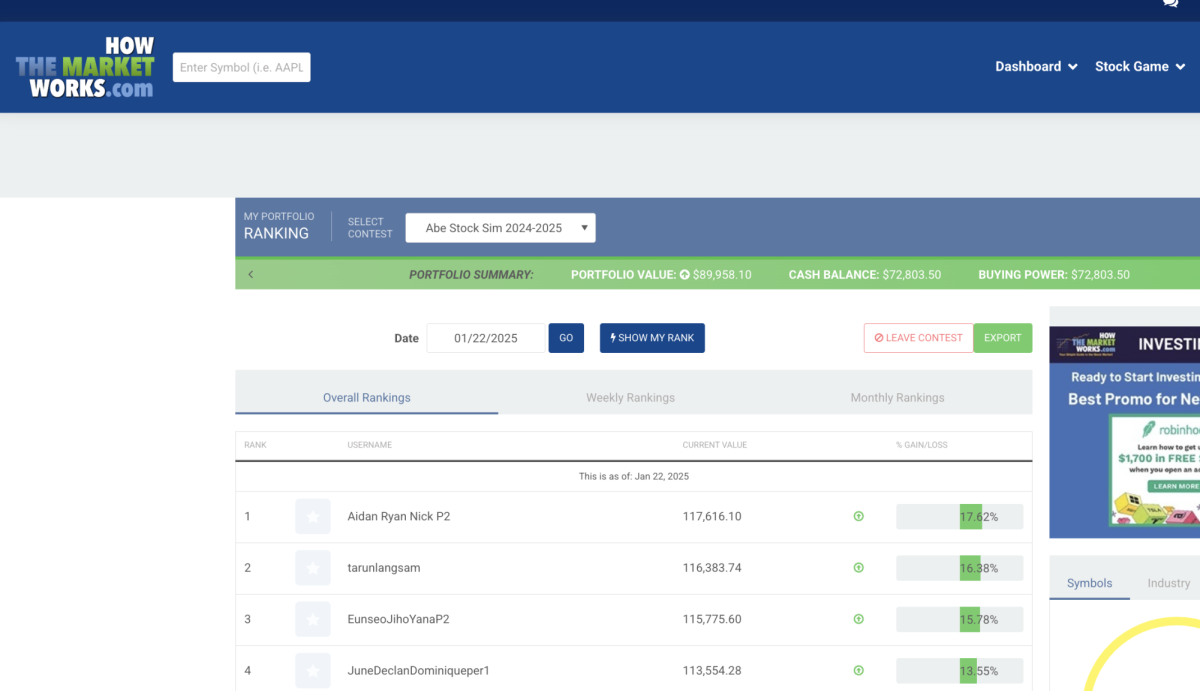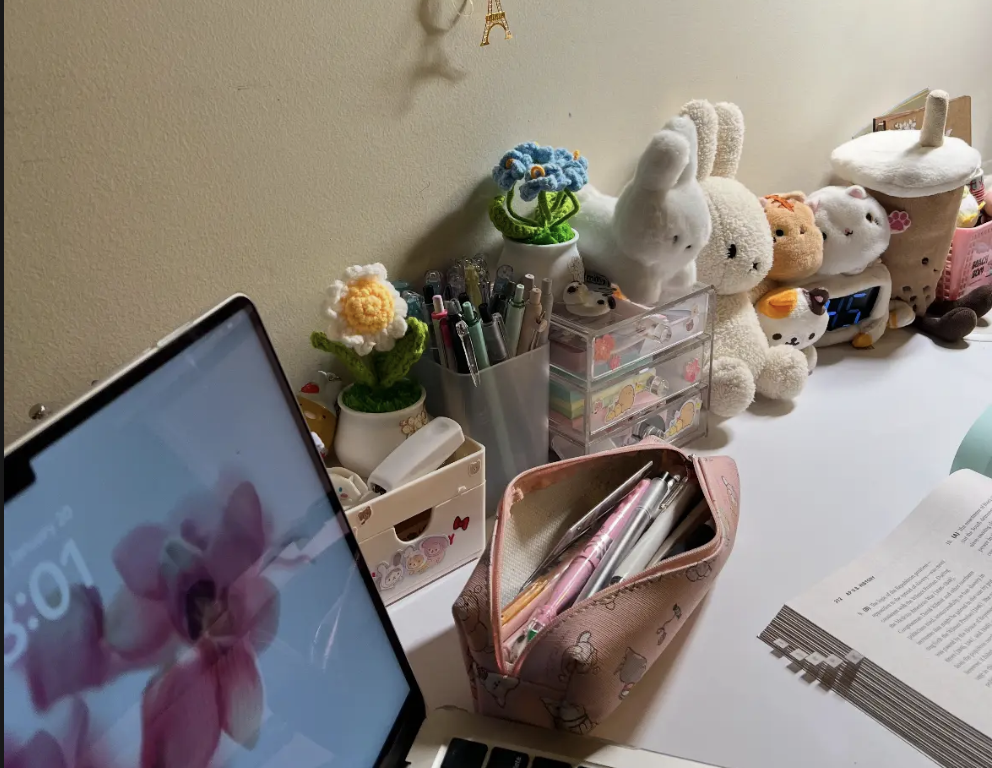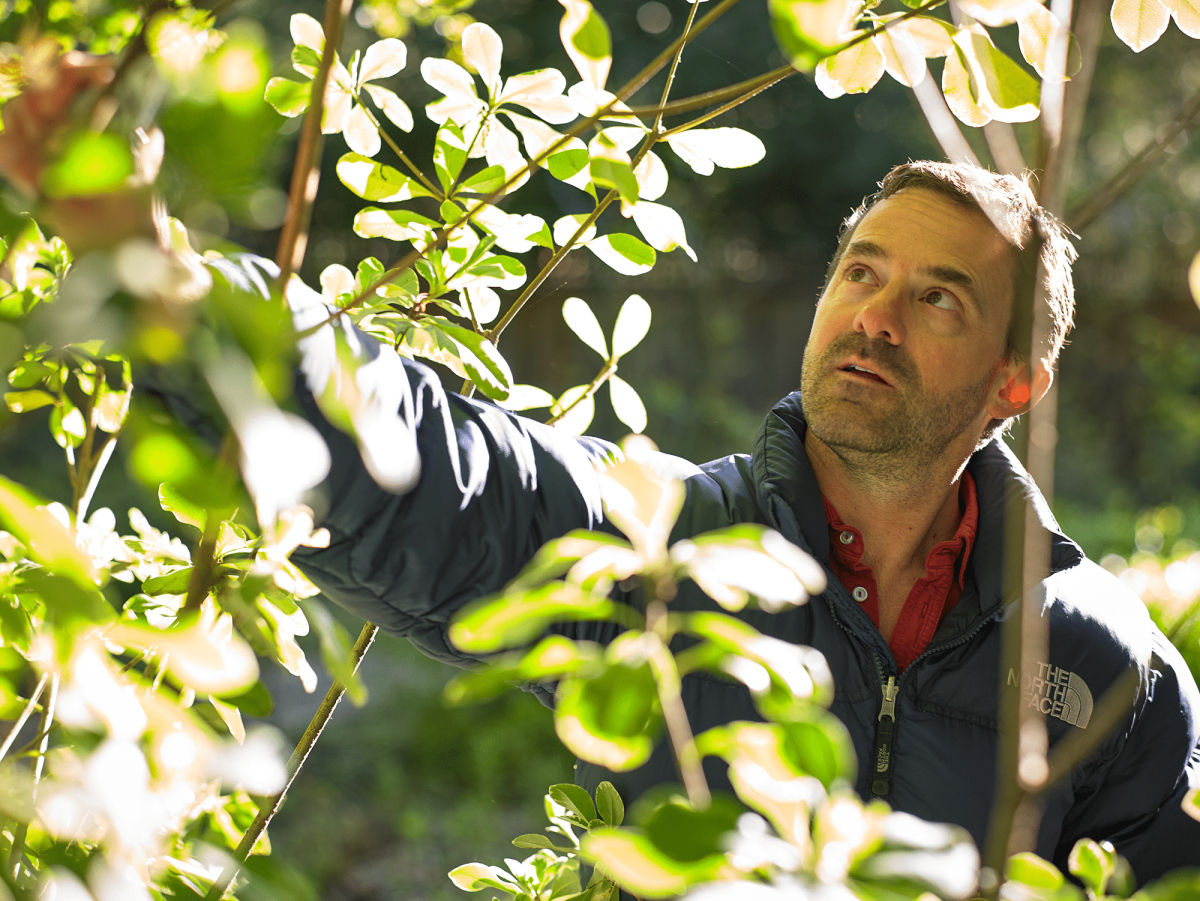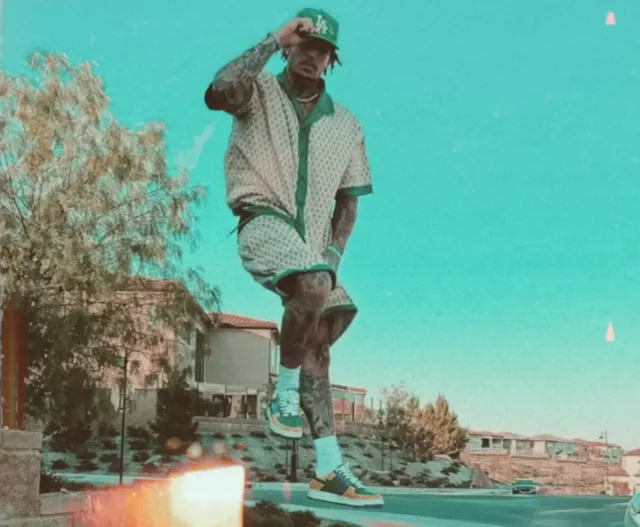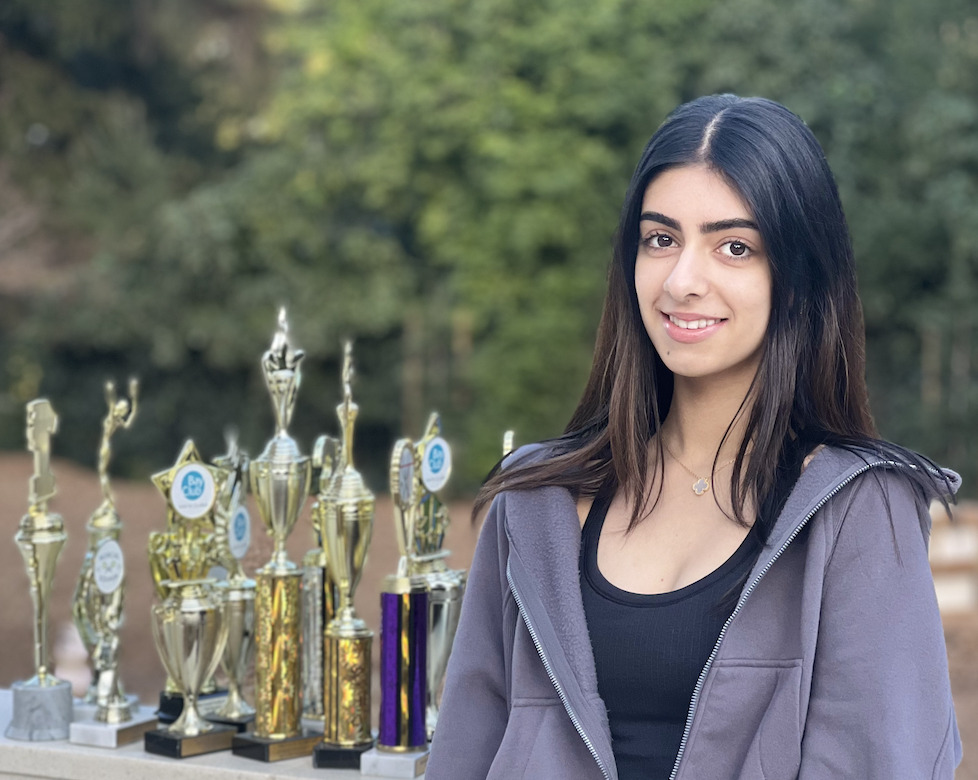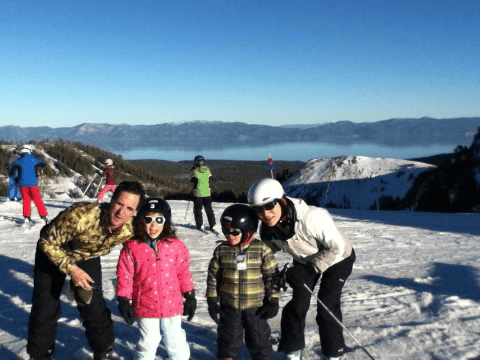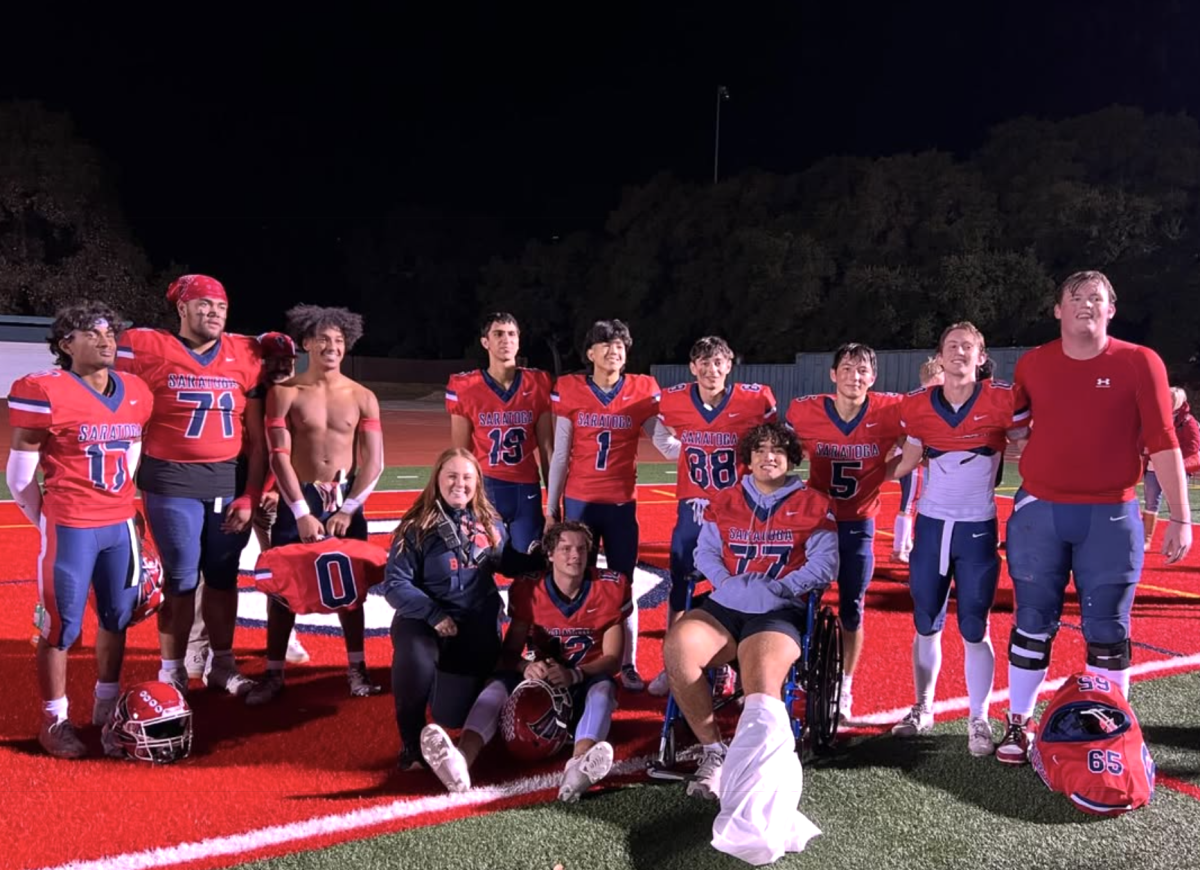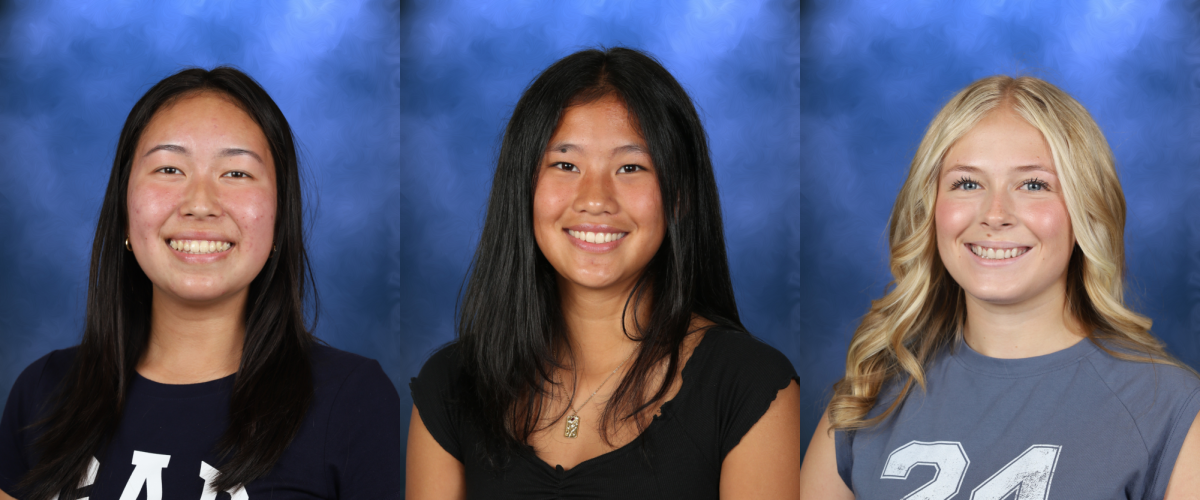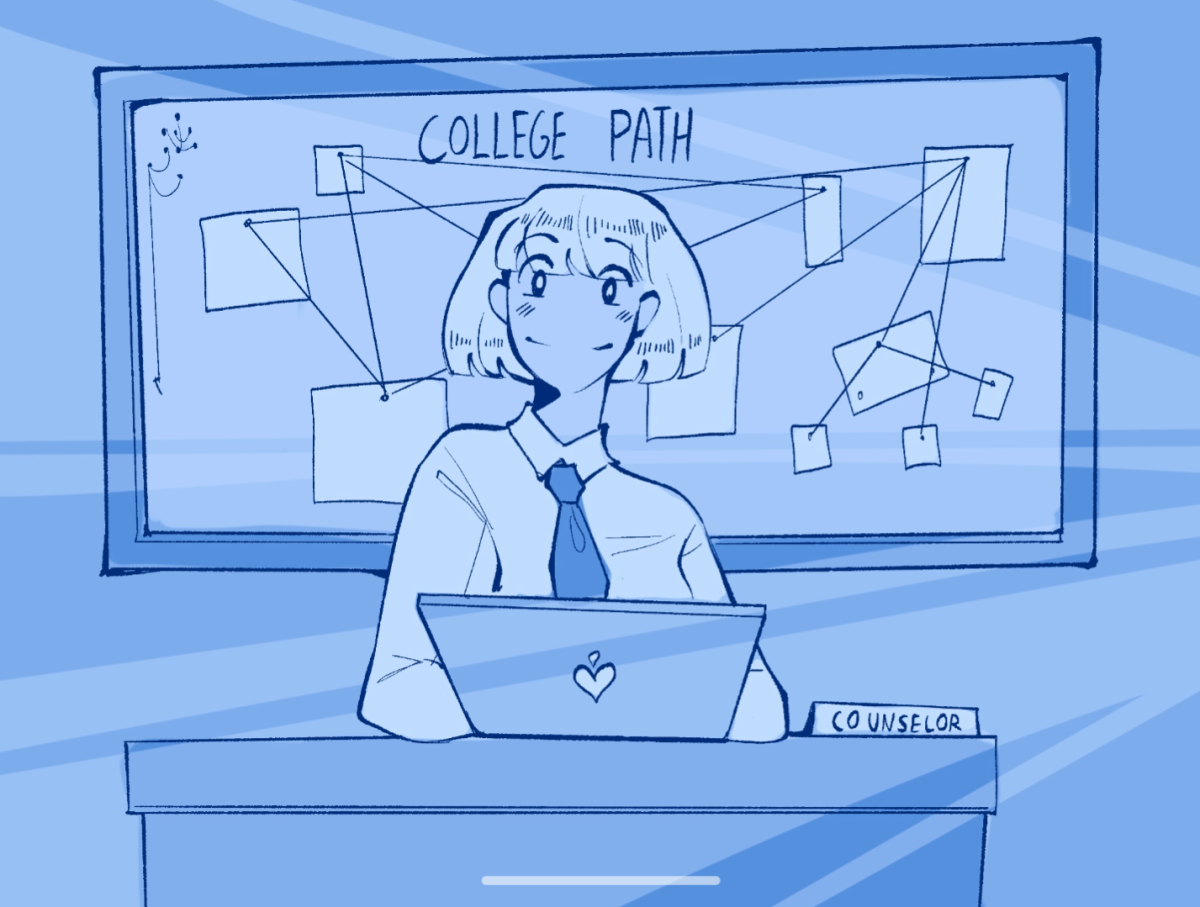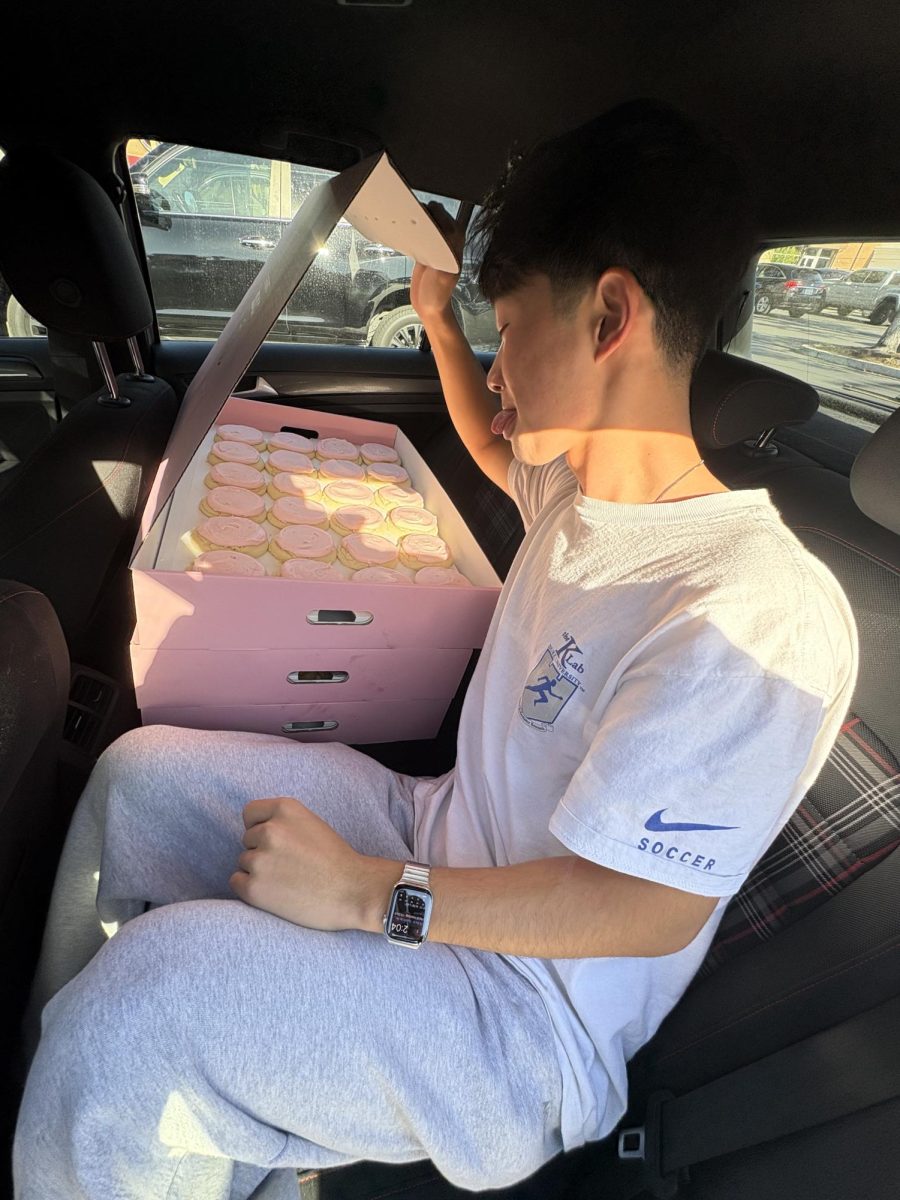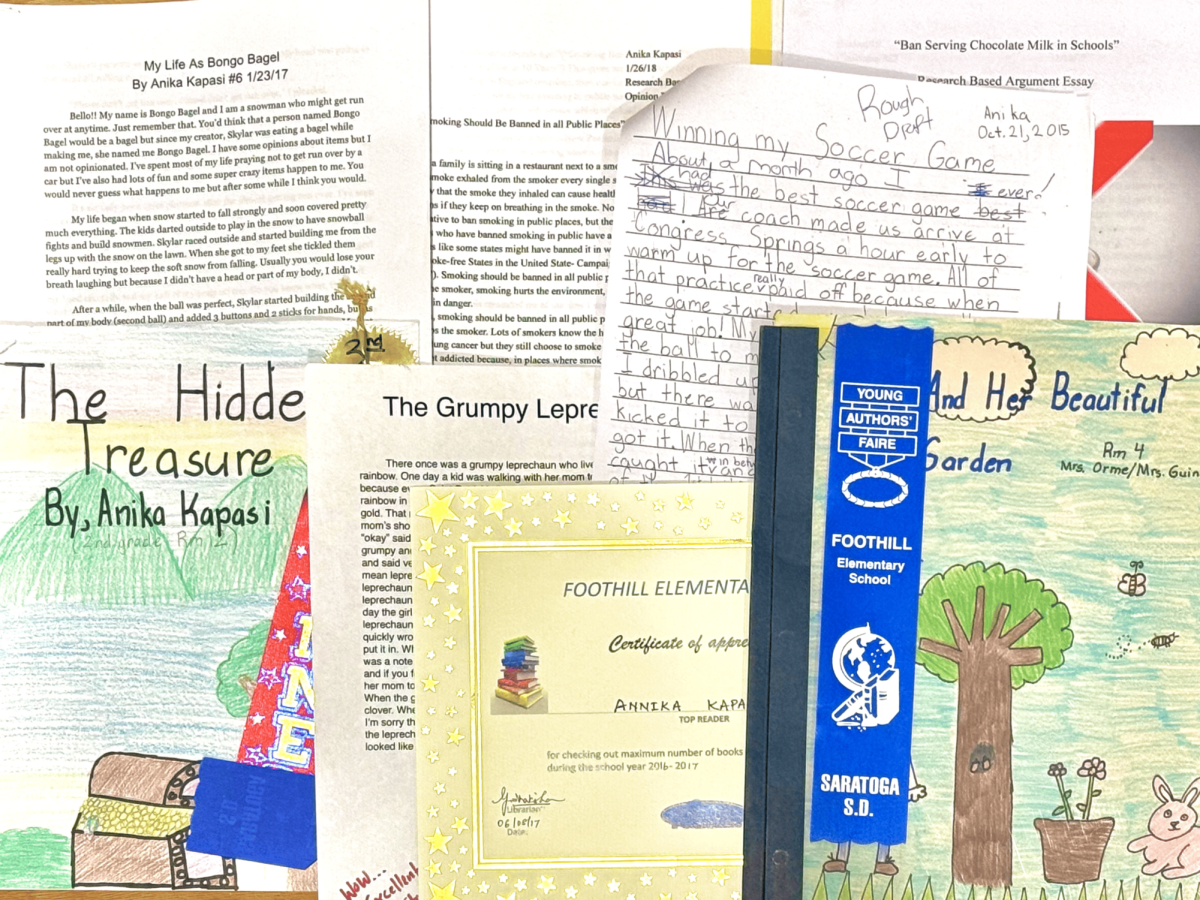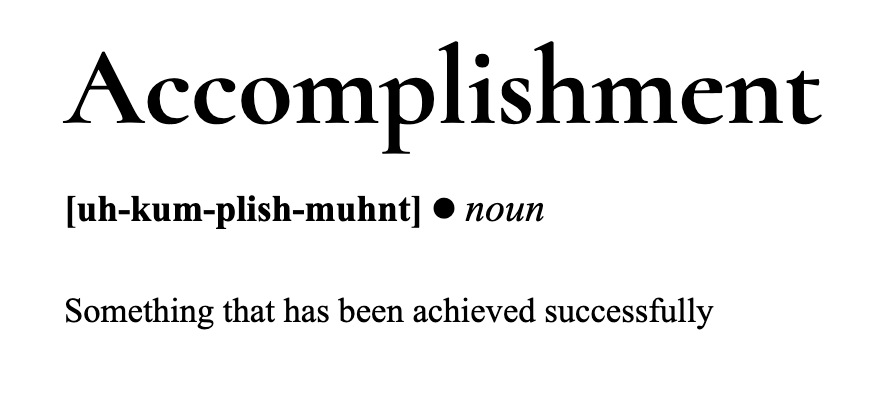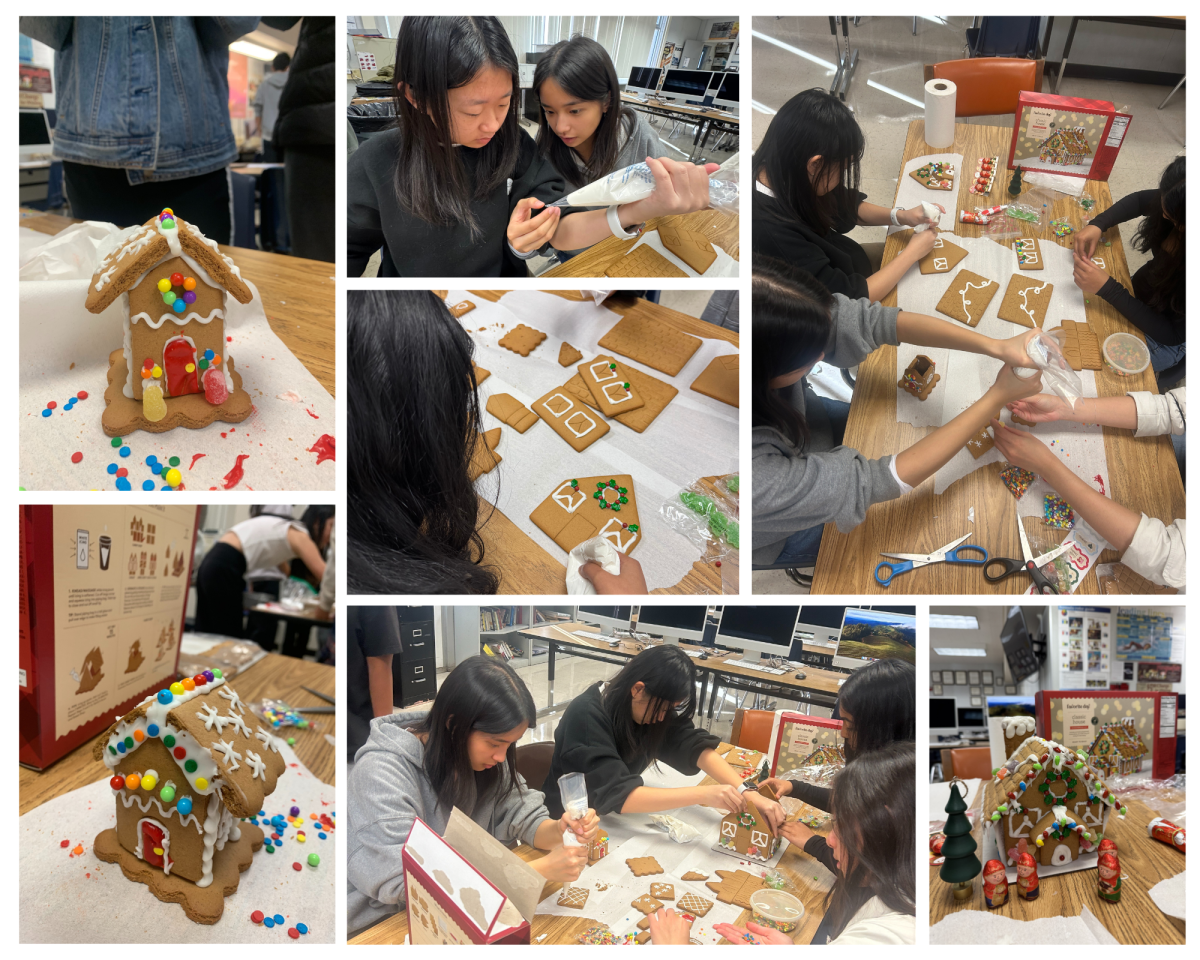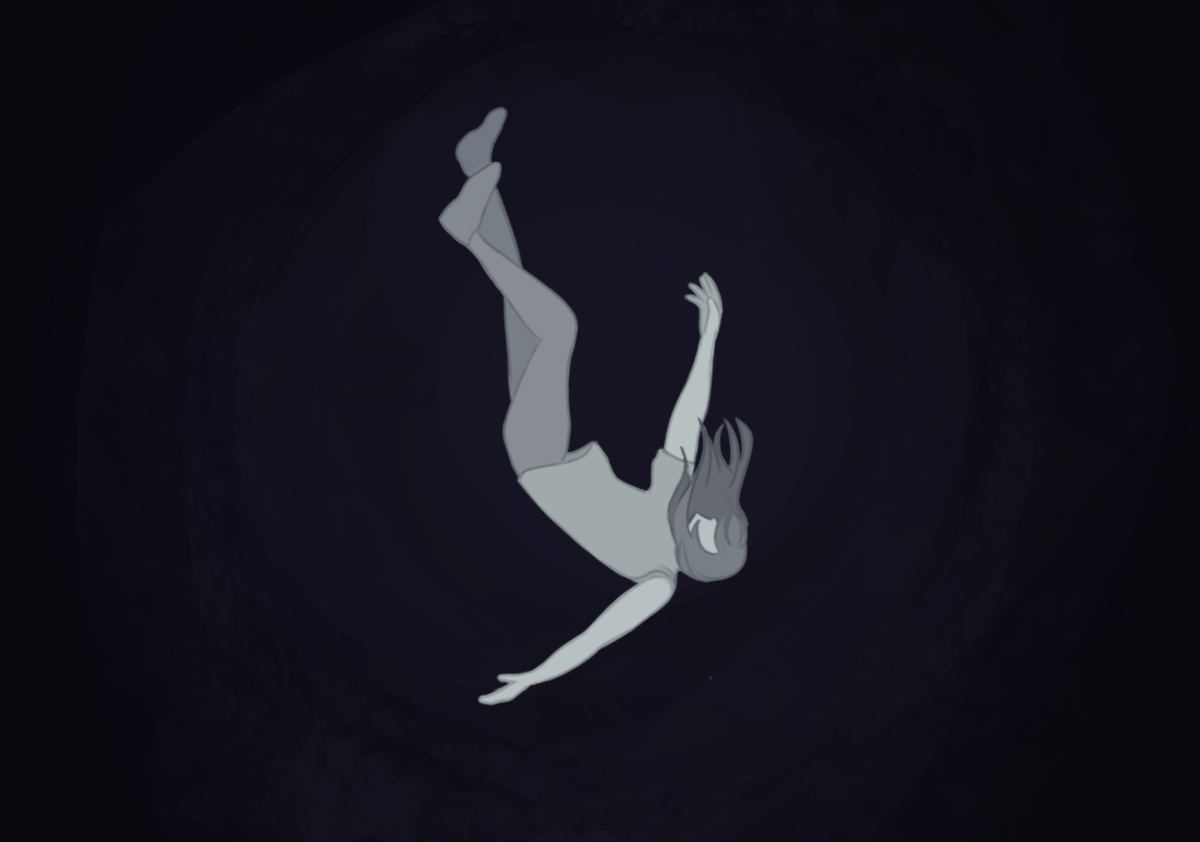The first time I heard of geocaching was at the end of last year, when seniors Sweeya Raj, Aakash Thumaty and I pulled into the Safeway parking lot after watching a movie.
After parking, Aakash walked over to one of the light posts, lifted the box at its base and showed us a small medicine bottle covered with camouflage duct tape that he had previously found with others. Inside the bottle was a list of names of people who had found it before and a number of small trinkets that participants could add to or take from if they so chose.
The medicine bottle in the Safeway parking lot is just one of over 1.4 million of geocaches around the world that have been found by over 4 million people since the concept’s birth in 2000. Geocaching is a treasure hunt in which people hide small boxes for others to find, listing a couple of hints and coordinates on website. These clues can then be sent to a phone app to give an approximate location of the treasure. Participants hide geocaches in public places, but only those who have all the clues on their phone are likely to find them.
After searching the website, the first geocache I went to look for was one called “Toll Gate,” located close to the Starbucks in Downtown Saratoga. I was unsure of how successful I would be, given the small size of the geocaches, but after deciphering the clue from the sign on the white arch and blindly feeling under one of the chess tables, I found a small, dark green box with magnets attached to the bottom that allowed it to stick to the metal base of the table.
It was surprising to think that around the same time last year, I had sat at that exact table with alumna Eunju Pak sharing cupcakes from Minicakes, completely oblivious to the collection of trinkets right in front of me.
The next geocache that I logged was the one Aakash showed me at Safeway. Though I expected to find it again easily, I actually missed it when I first looked under the light post. This time, I took one of the guitar picks left by a previous participant and added a puzzle piece that I happened to have in my wallet.
The final geocache I looked for was called “My Name is Stanley.” After searching for a few minutes, I found what appeared to be the intended route by Sue’s Gallery and Cafe in downtown Saratoga via a sign suggested by a hint on the website.
The path led me to a small park-like space close to the creek, but after 20 minutes of walking through dirt, looking under benches and borderline trespassing, all I found were a few orange mushrooms growing in a tree and jar of tea flowers. Though I didn’t find the geocache, it was still exciting to find a place I didn’t know existed.
Even though it is a little time-consuming, geocaching is rewarding when you are able to find the hidden object. Though more difficult that I expected it to be, it has made me more cognizant of my surroundings. I’ve realized that even the most mundane locations that I pass by on a daily basis could hold unexpected surprises, and if I have more time, maybe I’ll look for more or even hide my own.


